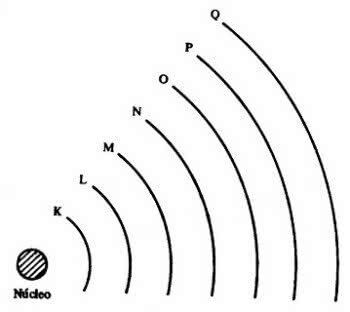Thomson's Atomic Model was the firstmodelinstructureatomicTheindicateThedivisibilityofatom. According to Thomson, the atom was formed by electrons trapped in a sphere where there was a positive electric charge.
History
When Joseph John Thomson (1856-1940) studied the existence of subatomic particles, he managed to prove that there were particles with a negative charge (the electrons) smaller than the atom.
J.J. Thomson's experiment suggested that the electrons were located in a part of the atom that had a positive charge.
In this way, the Thomson atom would look like plums in a pudding. For this reason, his model, which appeared around 1898, became known as the “plum pudding model” or “pudding with raisins”.

The English scientist Thomson believed that the atom charge was zero. That's because the atom it was composed of positive and negative charges that canceled each other out by the fact that the number of both charges was equal.
Thomson's experiments were instrumental in the evolution of atomic theory. The model proposed by him replaced Dalton's atomic model, known as the "billiard ball model", because, according to this English chemist and physicist, this was the aspect presented by the atom.
Thomson's Atomic Model, in turn, was replaced by Rutherford's Atomic Model. The New Zealand physicist Rutherford (1871-1937) had been a student of Thomson.
Thomson, Professor of Experimental Physics at Cambridge University, is considered the “father of the electron” because he discovered this subatomic particle in 1897.
Years later, Rutherford confirmed the existence of the proton, identified in 1886 by Eugene Goldstein and, later, it was the turn of the English scientist James Chadwick (1891-1974), in 1932, to discover the neutron.
Discover all models referring to the evolution of atomic theory:
- Atomic Models
- Evolution of Atomic Models
- Dalton Atomic Model
- Rutherford Atomic Model
- Bohr's Atomic Model
- Exercises on atomic models



